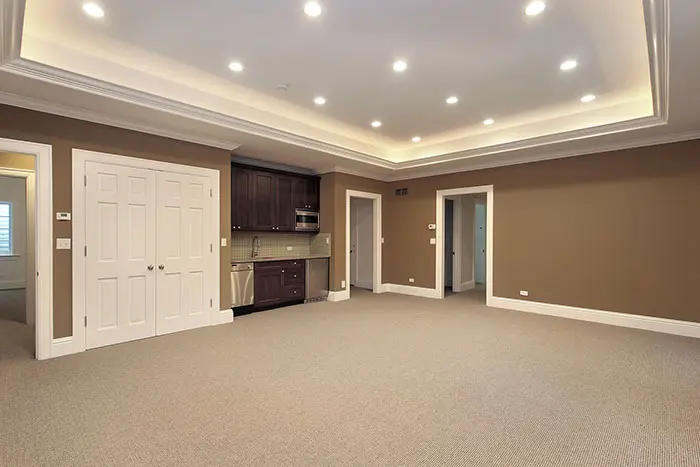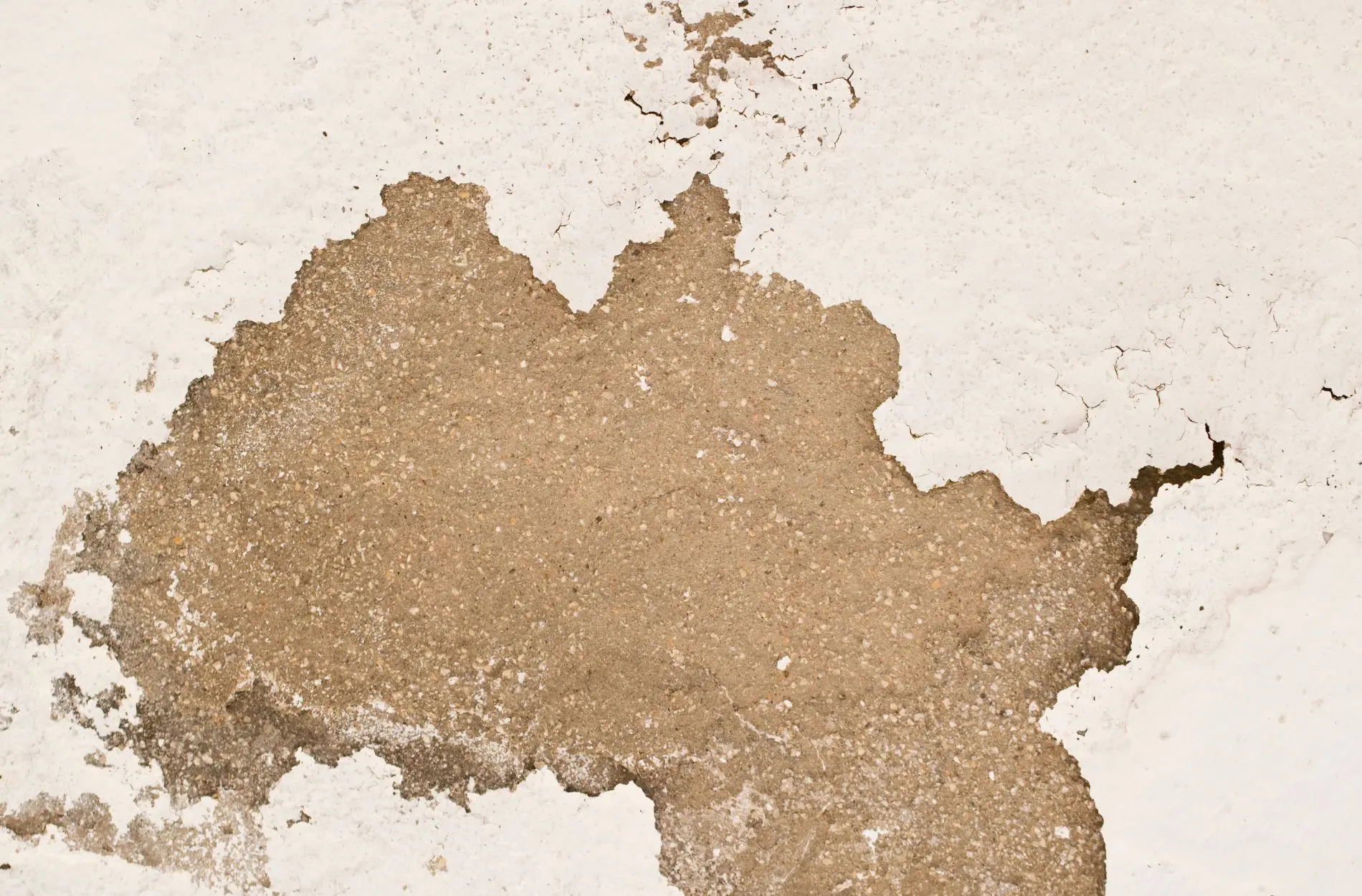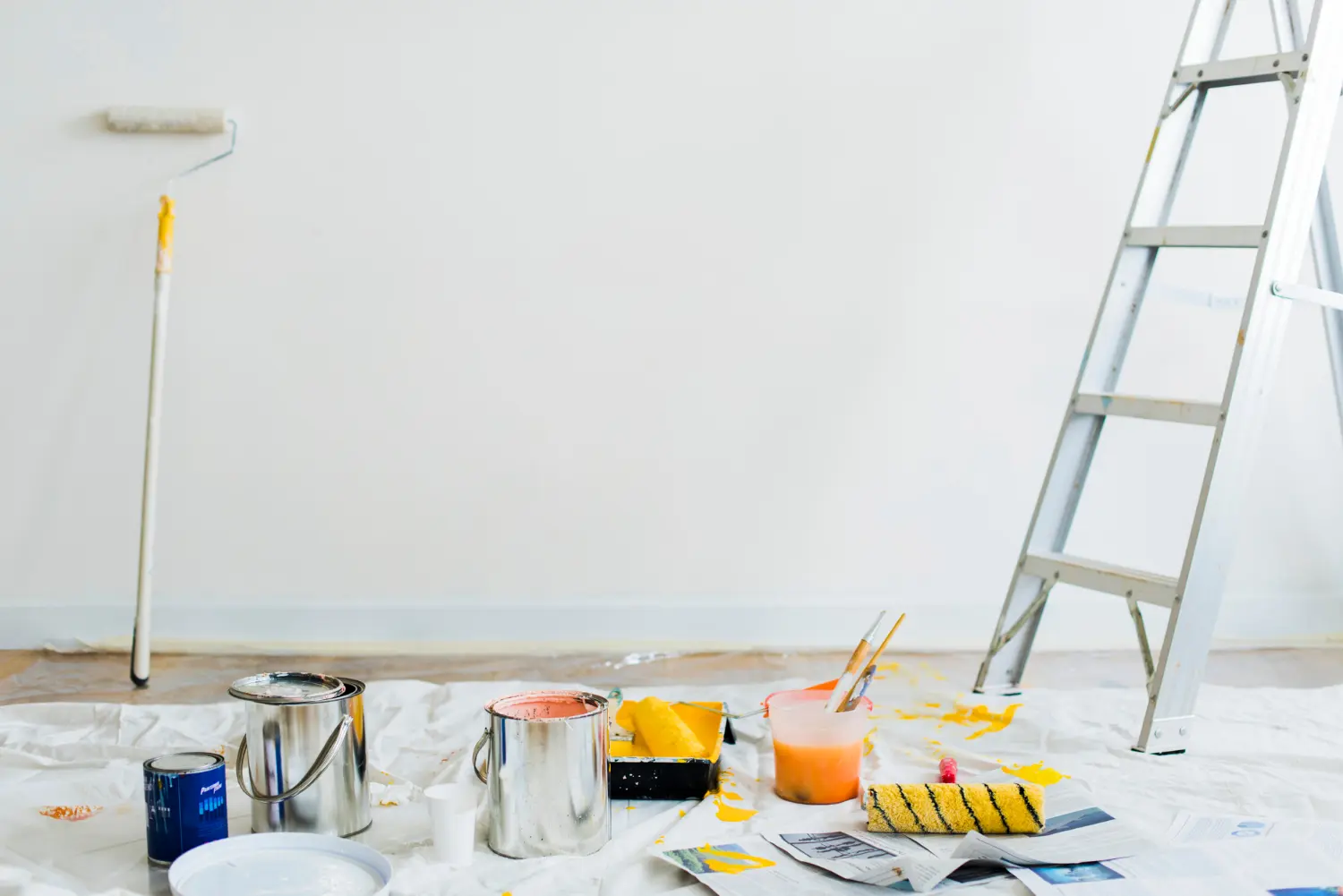How to Reduce Home Painting Costs

When it comes to home improvements, striking the ideal balance between affordability and outstanding results can be tricky. You of course want your home to look fantastic, but are the same time you may have a relatively limited budget to work with. Even when it comes to something as simple as home painting, it may be important to reduce costs when and where possible to absolute minimums.
Which begs the question – is it possible to reduce home painting costs, while still producing outstanding results? In a word – yes, it’s simply a case of being strategic about things. What’s important to remember is that there is a big difference between thoughtfully reducing costs and cutting corners. In the case of the latter, you cannot expect to come out with the kinds of results you may have hoped for.

So if you’d like to retain the highest quality while still keeping costs under control, here’s a look at a few tips for making it happen:
1 – Use High-Quality Paint
First of all, it’s important to get into the habit of using only the highest quality paint. While it may seem counterproductive to spend relatively heavily on premium paints, you really should be thinking about value for money. For one thing, high-quality paint means a lower likelihood of having to apply multiple coats, meaning you’ll need to buy less of the stuff in the first place. In addition, high-quality paint will continue looking flawless for exponentially longer than substandard paint, meaning fewer touch-ups and full-scale paint jobs further down the line. So while it may cost you more at the moment of purchase, the value for money you’ll get out of higher-quality paint speaks for itself.
2 – Brush Up on Painting Techniques
While it may sound like a relative guideline, it can nonetheless be beneficial to brush up on your own painting techniques. The simple fact of the matter is that if your approach to painting isn’t exactly up to par, you are far more likely to a) waste paint and b) produce results you aren’t happy with. And if you aren’t happy with the results, you’ll then be in a position where you need to shell out to start the job again. While DIY painting isn’t necessarily the most difficult job in the world, there is very much a right and wrong way of going about things. Check the web for a few pointers on pro painting techniques – you could be in for a surprise.
3 – Check for Damage Before Painting
Any damage you decide to ignore while painting you home will only return to bite you in the rear-end soon enough. From cracks to chips to holes to signs of moisture, you can cover them up all you like, but they won’t go away. And when they make their presence known further down the line, you’ll be looking at an entirely more expensive mess to deal with. As such, it’s in your best interests by way of both convenience and avoiding unnecessary expense to deal with any damage you come across, before moving onto the actual painting.
4 – Consider Simple Colors
Generally speaking, the more elaborate and bold you go with regard to color choices, the more you can expect to pay for them. Or at least, this tends to be the case with higher quality paint, anyway. By contrast, if you are willing to go for relatively simple yet equally elegant colors and tones, you could find yourself making considerable savings. Alternatively, use simple and inexpensive colors to paint your home for the most part, after which small amounts of bolder, brighter paint can be used to created contrasting accents and focus-points.
5 – Protect Your Possessions
Do not run the risk of having to fork out to replace or repair any of your possessions that may be damaged during the painting process. Quite simply, there is no such thing as being too careful when it comes to covering and protecting absolutely everything in the vicinity, before even thinking about getting started. Regardless of how careful you attempt to be from start to finish, it is largely inevitable that the paint you use will end up all over the place. Investing in a few cheap sheets before you get started could help prevent a huge clean-up fee.
6 – Try Cleaning the Surface First
A quick point but an important point nonetheless, there’s always the chance that the surface you intend to paint doesn’t actually need painting at all. This is particularly true when it comes to home exteriors, which in many instances can be brought back to life with nothing more than an extensive clean and polish. So if this is something you haven’t tried in a while, it might be worth giving it a clean before going ahead and painting it.
7 – Rent the Equipment
These days, there are various gadgets and devices available that can make both interior and exterior painting so much faster and easier. And while they may be relatively expensive to buy, they can usually be hired for much lower prices. So if you’re chasing professional-quality results but would prefer not to spend a fortune on the gear you’ll be needing, why not check out what’s available to rent?
8 – Hire the Experts
Last but not least, there’s always the possibility that it would actually work out more affordable to hire a team of pro painters, than it would to tackle the job yourself. Already armed with the very best tools and paints the market has to offer, you might be surprised how much you could save by getting the experts to tackle things on your behalf.










